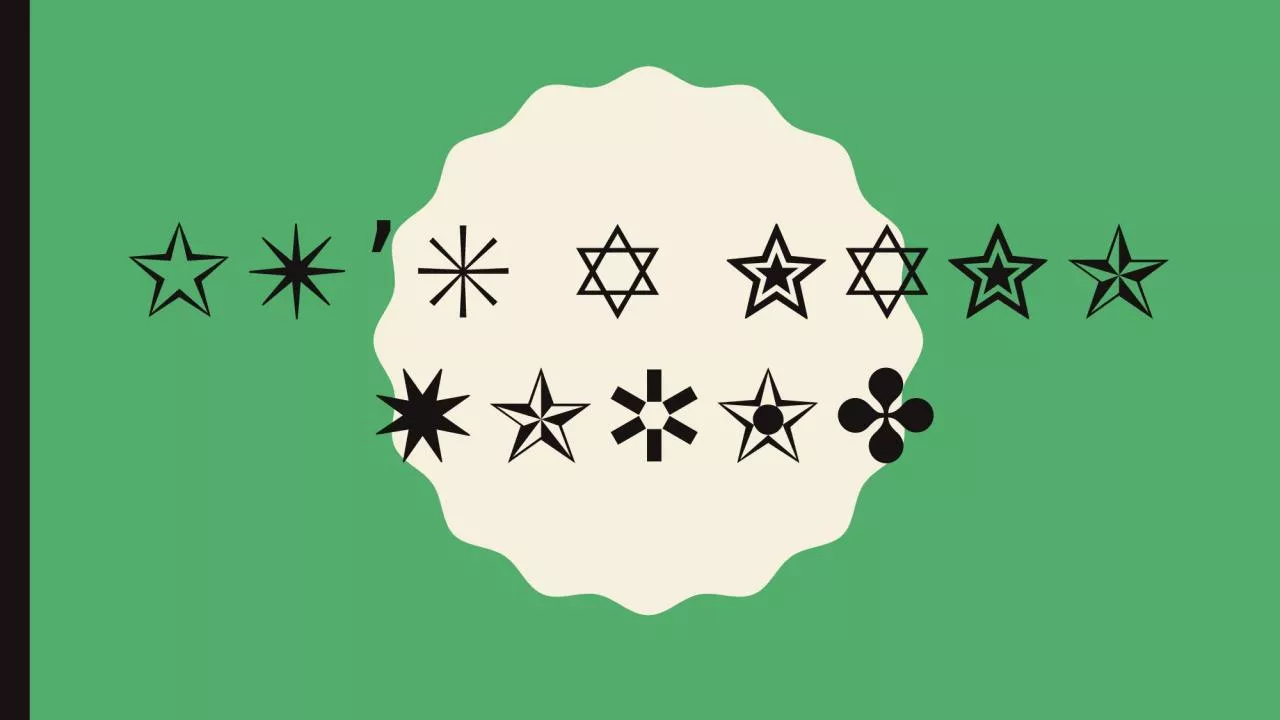

Learning Goal Nanometer sized things are very small Students can understand relative sizes of different small things How Scientists can interact with small things Understand ID: 921160
Download Presentation The PPT/PDF document "It’s a Nano World Designed for childre..." is the property of its rightful owner. Permission is granted to download and print the materials on this web site for personal, non-commercial use only, and to display it on your personal computer provided you do not modify the materials and that you retain all copyright notices contained in the materials. By downloading content from our website, you accept the terms of this agreement.
Slide1
It’s a Nano World
Slide2Designed for children 5-8 years old
Learning
Goal
Nanometer
-sized
things are very
small.
Students
can
understand relative sizes of different
small
things
How Scientists can interact with small
things
. Understand
Scientists and engineers have formed the interdisciplinary field of nanotechnology by investigating properties and manipulating matter at the
nanoscale.
You can be a
scientist
Slide3So How small is
nano
?
Slide4One nanometre is a billionth of a metre
Nanometre is a basic unit of measurement. “Nano” derives from the Greek word for midget, very small thing.
If
we divide a metre by 1 thousand we have a millimetre.
One
thousandth of a millimetre is a micron.
A
thousandth part of a micron is a nanometre.
Slide5Slide6271
meters long.
Humpback whales are about 14 meters long.
A full-size soccer ball is 70 centimeters in diameter
Raindrops are around 0.25 centimeters in diameter.
Macroscale
Objects
Slide7The diameter of human hairs ranges from 50-100 micrometers.
About
7 micrometers
across
E. coli
bacteria, found in our intestines, are around 2 micrometers long.
Pollen
, which fertilizes seed plants, can be about 50 micrometers in diameter.
Microscale
Objects
Slide8The
Ebola
virus, which causes a bleeding disease, is around 80 nanometers long.
DNA molecules, which carry genetic code, are around 2.5 nanometers across.
Water molecules are 0.278 nanometers wide.
The
largest naturally-occurring atom is uranium, which has an atomic radius of 0.175 nanometers.
Nanoscale Objects
Slide9Try
this
!
Slide10Mark your height on the wall chart.
How tall are you in nanometers?
Are you super tall? Or is a nanometer super small?
Measure
yourself
in
nanometers
Slide11Then try this!
Trace your hand on a worksheet.
How many nanometers long is it?
Is your hand really big? Or is a nanometer really tiny?
Slide12How to measure Nano technology?
Slide13A nanometer is
really
, really tiny!
Nanoscale science focuses on things that are measured in nanometers, anything
between
1-100 nanometers in size
.
Scientists
use special tools and equipment to work with nanometer-sized things.
Regular tools
like rulers are too big!
Computer chip
Slide14Examples nanotechnology
Red blood cell on a needle
Slide15How difficult is measure
nano
objects?
A strand of your hair is around 75,000 nanometers wide.
One red blood cell is around 7,000 nanometers wide.
Slide16Try
this
!
Slide17Tools used by Scientists
can interact with small things
So There
is already difficult
and only reach the best and tell them to do
it three times to reach the micron and from there three times to reach the
nanometer
... At the same time they can
understand the lack of accuracy
when they try to do it with the scissors ...
1_ Named
some tools
2_ Activity
:
You have a strip of 20 cm.In groups of 4 cut for part of 5 cm.After cut a short decimetre ... hence one centimetre short of one millimetre ...
Slide18What is to be scientist?
Slide19"A scientist is a person who asks questions and tries different ways to answer them."
Slide20A scientist :
Learns from her senses
Notices details
Writes about what happens
Makes comparisons and measuring
D
esigns experiments to test predictions
Experiments by trial and error
Keeps trying over and over
Has fun
Slide21Can
be a?
Slide22Slide23A
n
engineer
A doctor
Surveyor
M
arine
biologist
Astronomer
….
Slide24You can
be
a
scientist
,
too
!
Slide25